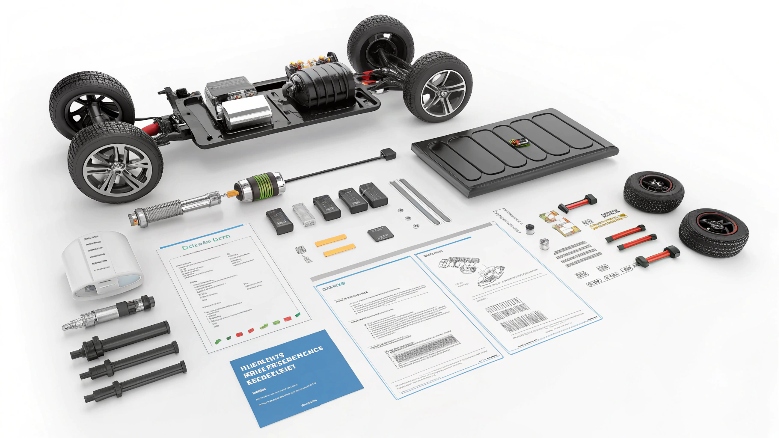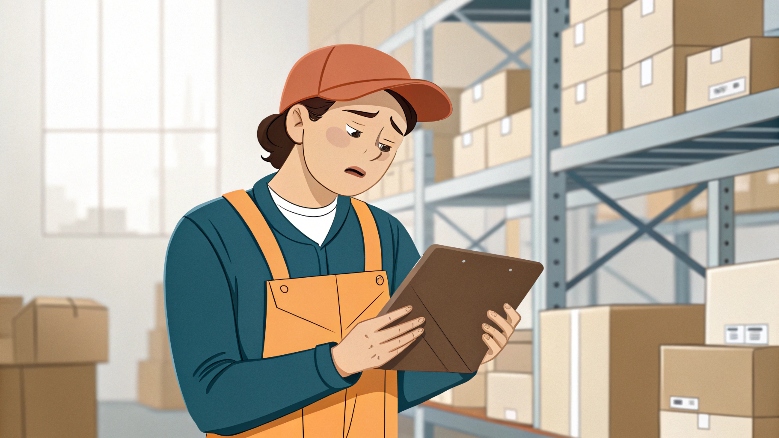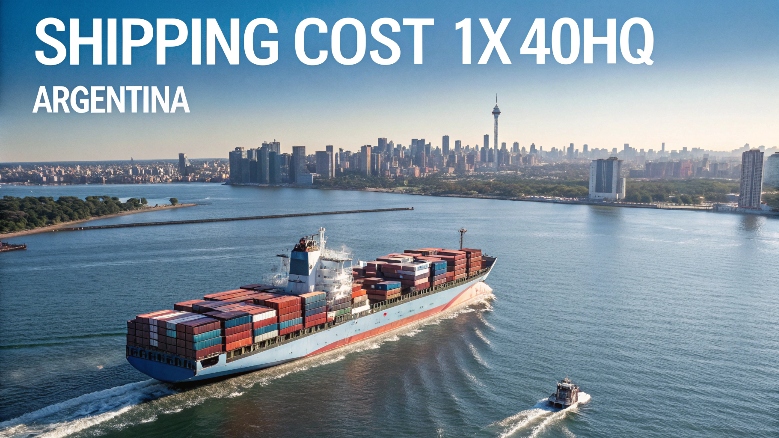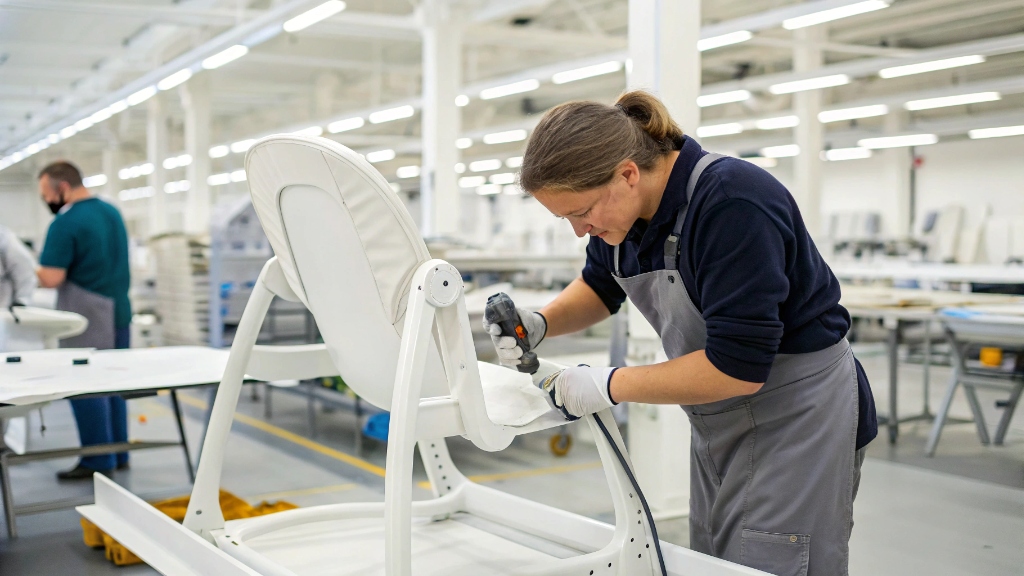You might worry about what happens after you buy electric ride-on cars from China. Will the factory stand behind their products? This uncertainty can make you hesitate. I will explain common practices regarding warranties and parts.
Chinese factories often provide warranties and spare parts for electric ride-on cars, but the terms are highly negotiable and vary by supplier. It is essential to discuss these details clearly and include them in your contract before placing an order to ensure you have support.

Many buyers assume all factories offer the same level of after-sales support. This is not true. My experience shows that the level of support you get depends heavily on your relationship with the factory and how well you negotiate. It is not something you can just expect to happen automatically. You must be proactive and make sure these points are clear from the start.
What If I Receive Defective Units?
Finding defective units after a long wait is a big problem. It costs you money and time. How do you handle this with a factory far away? I will guide you on what steps to take.
If you receive defective units, you must first document the damage thoroughly with photos and videos. Then, contact your supplier immediately to initiate a claim. Most factories offer a resolution such as replacement parts, credit for future orders, or compensation, depending on your prior agreement.

I once had a shipment of toys arrive, and about 10% of them had broken parts. I was so worried about the cost of fixing them or sending them back. It felt like a disaster. But because I had a clear process, I managed the problem. The most important step is always clear, instant communication. You must have proof. Take clear pictures and videos of the damage as soon as the goods arrive. This evidence is crucial. Send these to the factory right away. Explain the issue clearly, but keep a professional tone. Do not accuse them. Just state the facts.
Steps to Handle Defective Goods
| Step | Description | Key Action |
|---|---|---|
| 1. Inspect Quickly | Check goods upon arrival; note any obvious damage. | Open boxes promptly; look for external damage. |
| 2. Document Evidence | Take clear photos/videos of defects and packaging. | Show specific damage, batch numbers, labels. |
| 3. Notify Supplier | Contact factory immediately with evidence. | Use email; copy all relevant parties. |
| 4. Refer to Contract | Check terms for defective goods and warranty. | Understand agreed-upon claim process. |
| 5. Negotiate Solution | Discuss options: replacement parts, credit, discount. | Propose a fair resolution based on damage. |
| 6. Confirm in Writing | Get all agreed terms for resolution in writing. | Protect yourself for future reference. |
Many factories will offer to send replacement parts for minor issues. This saves you the high cost of shipping entire units back. For major defects, they might offer a credit on your next order. Or, in some cases, a partial refund. The outcome depends a lot on your prior relationship and the quality control clauses in your contract. This is why a good contract is so important. Make sure your purchasing agreement clearly states what happens if you receive defective items. It should outline the acceptable defect rate and the process for claims. Without this, you might have little leverage. I learned this the hard way: always put everything in writing.
How Much Is the Shipping Cost for 1x40HQ Container to Argentina?
Estimating shipping costs for a full container can be tricky. Prices change often. This makes budgeting very hard. How do you get an accurate cost for shipping to Argentina? I will explain what drives these costs.
The shipping cost for a 1x40HQ container from China to Argentina typically ranges from $4,000 to $9,000 USD, but this fluctuates significantly based on fuel prices, peak seasons, port congestion, the specific Argentine port, and the chosen shipping line. Always get a real-time quote from a freight forwarder.

I once got caught off guard by a sudden spike in shipping costs. I had budgeted based on an old quote, and when it came time to ship, the price was nearly double. This heavily impacted my profit margin. Shipping costs are not fixed; they are dynamic. Many things influence the price. Fuel surcharges are a big part. When oil prices go up, shipping costs go up. Peak shipping seasons, like before holidays or major shopping events, also increase prices due to higher demand for container space. Port congestion at either end can also add costs, as ships might wait longer, and terminals might charge extra fees.
Factors Affecting 40HQ Shipping Costs
| Factor | Impact |
|---|---|
| Fuel Surcharge | Changes with global oil prices. |
| Peak Season | Higher demand (e.g., before Christmas, Chinese New Year). |
| Port Congestion | Delays at ports add demurrage/detention fees. |
| Carrier Rates | Different shipping lines have varying prices. |
| Incoterms | Determines who pays which part of the journey (e.g., FOB, CIF). |
| Local Charges | Terminal handling, customs, inland transport in Argentina. |
The type of Incoterms you agree on (like FOB or CIF) also impacts the quoted price. FOB (Free On Board) means the seller pays costs until the goods are on the ship, and you pay from there. CIF (Cost, Insurance, and Freight) means the seller covers more of the journey. For a 40HQ container, you are booking an entire container. This is usually more cost-effective per unit than less-than-container-load (LCL) shipping for large volumes. You must get quotes from several freight forwarders. They specialize in moving goods and can give you an exact price that includes all the various fees. They will also advise on transit times and help with customs paperwork. I always compare at least three different freight forwarder quotes before I decide.
What Are the Import Duties for Baby Products in Peru?
Importing goods means dealing with taxes and duties. If you do not know these costs, your budget can go way off. What specific duties apply to baby products going into Peru? I will break this down.
Import duties for baby products in Peru vary by product type, categorized by their HS (Harmonized System) codes. Generally, duties can range from 0% to 11% or more, plus a Value Added Tax (VAT) of 18%, and other specific taxes. It is essential to consult Peru’s customs tariff or a local customs broker.

I learned about unexpected import duties the hard way when I first started importing. I thought I just needed to pay for the product and shipping. Then, a bill for duties and taxes arrived, which was a significant chunk of my expected profit. It was a harsh lesson. Every country has its own rules for importing goods, and Peru is no different. The exact duty rate for baby products like strollers or dining chairs depends on their specific Harmonized System (HS) code. This is a globally standardized numbering system for classifying traded products. You need to identify the correct HS code for each product you import.
Key Import Costs in Peru
| Cost Type | Description | Typical Rate |
|---|---|---|
| Ad Valorem Duty | Base tariff on the CIF (Cost, Insurance, Freight) value. | 0% – 11% |
| VAT (IGV) | General Sales Tax on the sum of CIF value + duties. | 18% |
| Excise Tax (ISC) | Applies to certain goods; generally not baby products. | Varies |
| Customs Service Fee | Small administrative fee for customs processing. | Fixed fee or % |
| Antidumping Duties | Extra duty on specific goods from certain countries. | Varies |
Once you have the HS code, you can look up the specific duty rate in Peru’s customs tariff. This information is usually available on the Peruvian customs authority website. Beyond the ad valorem duty, you will also pay a Value Added Tax (IGV – Impuesto General a las Ventas) which is currently 18%. This VAT is calculated on the CIF value plus the import duties. There might also be a small customs service fee. It is very important to work with a local customs broker in Peru. They know the current regulations, can classify your goods correctly, and ensure all paperwork is done right. This helps you avoid delays and unexpected costs. They can also advise on any trade agreements that might lower duties.
Conclusion
Securing warranties, handling defects, managing shipping costs, and understanding import duties are vital when buying baby products from China. Clear communication and preparation are key.





